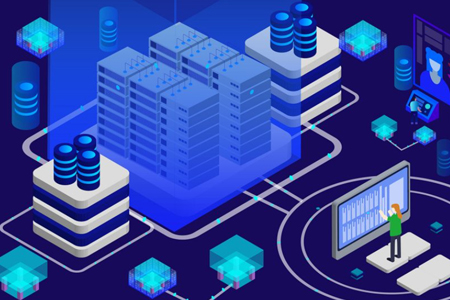The three terms of single -line, dual -line, and multi -line servers are usually used to describe the server's network connection method, which mainly involves the server's bandwidth and network communication settings.
Single -line server:
Single -line servers usually refer to only one physical network connection or network interface of the server, providing network services through this connection.
This means that the server's bandwidth and network capacity are relatively low, and the performance may be limited when facing a large number of users or high network traffic.
Double -line server:
The dual -line server refers to the server with two physical network connections or interfaces, which are usually used to improve network redundancy and stability.
By using two independent network lines, the server can better cope with a line failure or network interruption to ensure the availability of the service.
Multi -line server:
Multi -line server is a wider term that can refer to servers with more than two physical network connections. This may include three -line, four -line, etc., depending on the server's network design.
The multi -line server aims to improve the throughput and redundancy of the network, and ensure that the server can maintain high availability and performance when facing high network loads or network failures.

The key difference summary is as follows:
Bandwidth and performance:
The bandwidth and performance of a single -line server may be limited, and it is suitable for small -scale or low -traffic applications.
Dual -line and multi -line servers provide higher bandwidth and performance through multiple network connections, and are suitable for applications or websites that require larger network capacity.
Redundant and stability:
Dual and multi -line servers provide redundancy by using multiple network lines to enhance the stability of the server when facing network failures. When there is a problem with a line, other lines can continue to provide services.
Single -line servers may be more vulnerable when web failure, because there is only one network connection.
Applicable scene:
Single -line servers are suitable for some small websites, applications or testing environments, and have low requirements for bandwidth and performance.
Double and multi -line servers are more suitable for large users, high network traffic or applications with higher requirements for network redundancy and availability.
Design of server provider or network architecture. When choosing a server, understanding the server's network connection method is crucial to ensure performance, stability and availability.






